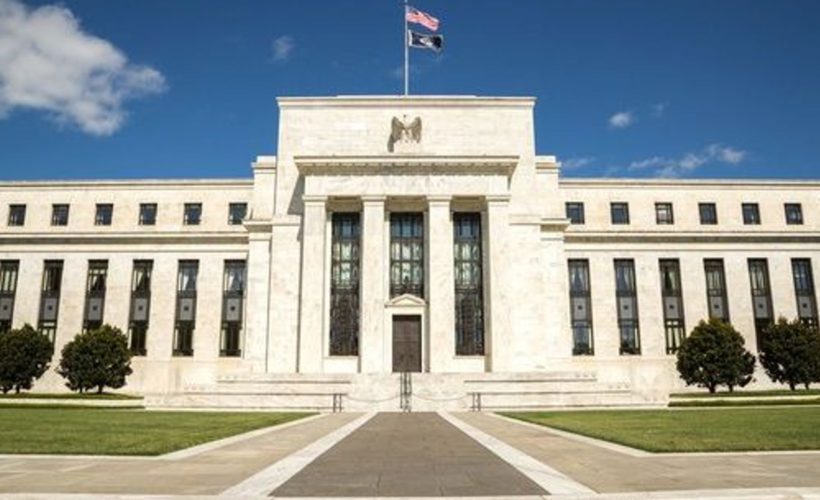
The Fed on Wednesday has said it has kept rate cuts steady and indicated no such cut for 2019. Many say that slashing rate may not be the answer to the accommodative stance that the Fed wishes to take. The US-China trade war has kept the US economy’s growth on pins amid slowdown jitters. The Fed’s monetary policy committee has maintained that the stance taken has been ‘patient.’
Ever since the last Federal Open Market Committee meet in May indicates, the labor market seems to be robust and that economic activity is rising steadily. The job scene has been solid, on average, in recent months, but the unemployment rate is still low.
While there has been a surge in household spending, indicators of business fixed investment have softened. On a 12-month basis, overall inflation and inflation for items other than food and energy have dropped 2 percent.
Market-based measures of inflation compensation slumped while survey-based measures of longer-term inflation expectations haven’t budged.
To keep up with its statutory mandate, the Committee is looking to garner maximum employment and price stability. To support these goals, the Committee decided to maintain the target range for the federal funds rate at 2-1/4 to 2-1/2 percent. It has constantly viewed sustained expansion of economic activity, strong labor market conditions, and inflation near the Committee’s symmetric 2 percent objective as the most likely outcomes. However, this outlook may not have many buyers.
In view of these uncertainties and muted inflation pressures, the Committee will closely watch out for the implications of incoming information of the economic outlook and will sustain the expansion, with a strong labor market and inflation near its symmetric 2 percent objective.
However, Fed has maintained that the stance could turn dovish in the future considering the ongoing trade crisis and a weak American economy.
As 2020 approaches, the Fed consensus on the rate cut will grow stronger, with nine members wanting a cut to a funds rate around 2.1%. The direction changes, though, in 2021, with indications of an increase of about a quarter-point, concluding to an expected long-run value of 2.5%. The funds rate most recently was trading at 2.37%.
As reported by CNBC, the Fed has to be careful about the direction of sentiment. Any trade developments will have an impact on investment decisions of businesses and inflation — two indicators that the central bank are closely monitoring.



